Zeiss Milvus Lenses – Hands On
On 10th of September, in the group headquarter in Oberkochen, around 40 journalists mainly from Europe, have been introduced to the new Zeiss lens line called Milvus.
Milvus Milvus is a Latin name for the Red Kite, medium-sized bird of prey, with largest population in… Germany (around 12000 pairs)

By Tony Hisgett from Birmingham, UK (Red Kite 16 Uploaded by Magnus Manske) [CC BY 2.0 (http://creativecommons.org/licenses/by/2.0)], via Wikimedia Commons
I don’t find it strange, I am finding it terrible in fact – pathetic and without any empathic potential, not to speak about possible catastrophe, when someone on the forum discussion mixes Otus with Gallus Gallus.
Anyway, maybe there are not most creative name givers in Zeiss, but when they start to talk about optics, you can almost feel the passion behind every word. Therefore I am ready to learn to like Milvus word, because the products behind it are certainly worth the effort.
But lets start from the beginning…
Museum and Zeiss Ultra Primes
After lovely brunch and coffee, we were taken for the Guided tour of the Zeiss Museum and part of the production plant, where Zeiss is making their famous cine lenses. Our guide, Mr. Botta with over 30 year career in Zeiss, had shown the impressive combination of knowledge, empathy and passion.
I’ve been working in marketing whole my life and met in person the legends such as Lee Iacocca, but I never visited headquarter of the large corporation nor I met top managers who would show this level of likable, honest, open talk behavior and relaxed relations like with Zeiss experts. Whatever company culture guideline stands behind it, I must admit that I am impressed.
We haven’t seen much of cine lenses production, apart that most of it is done manual as expected and each lens is rigorously tested before it will be offered (for astronomic price) to the market. However in the museum, we have seen the proof that astronomic price of Zeiss cine glasses, might pay off from time to time…
Museum itself is nice, and they are certainly few artifacts that picked my attention, such as Galileo Galilei telescope
which surprisingly wasn’t made by Zeiss
same as Napoleons mono-scope
Wooden hammer and some original optics
belong to the legacy of Mr. Carl Zeiss himself.
I assume that he used this hammer for QC from the very beginning. Question is, was he hitting with it bad glass, or workers who were responsible? )
Cameras used on famous USA Lunar mission, which according to Mr. Botta proves that Americans really landed on the moon.
Sorry Mr. Botta, if that is supposed to prove anything, than I still don’t believe it. I can make such a fancy looking device using two empty soda bottles, shiny towel sticks from the hotel bathroom and one of my old Zenit cameras…
Several slides from the same mission, which were most probably made in some secret dark room near Hollywood, using primitive tricks such as double exposure and under supervision of Jack Bauer himself!
And for me – the most exciting exhibition of some famous Zeiss cameras. (I hope you know that Zeiss was one of the largest camera producers, before Japanese strikes with Canons (and other brands of course)).
Such a Contarex Bulls eye, was probably mechanically most complicated and difficult to produce 35mm camera ever made. (That’s why it wasn’t made for long, and I have to pay now outrageous prices for samples in great condition, for my private collection 🙁 Well… thank you Zeiss…)
But at the end of the day, I was very disappointed because two of the exhibits that I hopped to see – Zeiss Planar 50/0.7 which Stanley Kubrick used to shot Barry Lyndon movie (ok NASA used couple of those too, but that’s not so exciting), and Zeiss Apo Sonnar T* 4/1700, (which I wanted to borrow to make couple of shots of my pretty neighbor through the window) aren’t there.
Gali and Nap stuff and all that fake “Lunar” items are nice to have, but two listed above are MUST!!!!
Seriously, Zeiss museum of optics is a nice place to visit (they even have smallest planetarium in the world, where you can take a short nap during presentation), and you can learn more about it using this link – http://www.zeiss.com/corporate/en_de/innovation-and-technology/zeiss-museum-of-optics.html
Milvus gets nested!
It is very unusual for any company to introduce a whole line of the products at once.
Imagine that Audi marketers will call journalists, lift the white sheets from several cars in the showroom and say – here they are – new A1, A2, A4, A6,A7 and A8 and all new A10. BTW, we have also Q7 and A8 solar, but wait for month or so before you report about them! Now after great lunch and before even better dinner, pick the model you like and have a test drive. That’s it, do you have any questions?
Crazy huh… It has the effect of thrown tennis balls trick. (I learned about this smart demonstration when listening some even smarter presenter, who were trying to impress us with a power of a “single-minded idea”. Throw someone one tennis ball and he/she will most probably catch it easily. Do the same with 5-6 balls at once and person wouldn’t catch a single one. It should work like charm, unless you pick Novak Djokovic to catch the balls).
Before Milvus were thrown on us, we have seen few other lenses that we can’t report about yet (embargo), and listen few words about Zeiss history, dedication, and other marketing mandatory, that we all learned to ignore, but have to listen, to make our bosses happy.
That part of presentation wasn’t most exciting, but at least it was short and kudos to Zeiss for that.
Anyway, by a simple reveal of the white fabrics, all new Milvuses hatched from eggs at once!
Meet Milvus
From left to right – Milvus 50/1.4, Milvus Macro 50/2, Milvus 85/1.4, Milvus Macro 100/2, Distagon 35/2 and Distagon 21/2.8. If the line is familiar to you, it is rightfully so.
In general, Milvus is supposed to replace existing “Classic” Zeiss line, consisting of DSLR lenses for Canon and Nikon mount. Things are getting a bit confusing here, so lets proceed slowly.
Recent “Classic” line has another few gems that weren’t transformed into Milvus yet.
15/2.8, 18/3.5, 25/2, 25/2.8, 28/2, 35/1.4, and 135/2.
If you check the official Zeiss web – http://www.zeiss.com/camera-lenses/en_de/camera_lenses/slr-lenses/distagont2815.html, you should notice two things:
a) 21/2.8, 35/2, 50/2 macro, and 100/2 macro are not listed in this “Classic” line any more (they are now available only as Milvus version)
b) there are still 50/1.4 and 85/1.4 listed, but those two are also in the Milvus line.
Explanation is rather simple. Zeiss will slowly move its entire classic line to the Milvus nest, (but that will take some time), while Planar 50/1.4 Classic and Planar 85/1.4 Classic will remain in production, because their Milvus counterparts are entirely different and completely new lens designs!
To make things easier, let me resume:
- Zeiss Milvus is the name for the new Zeiss DSLR lens line, that will be produced in Canon and Nikon mount and is supposed to slowly replace so-called Classic Zeiss DSLR lenses, except for Planars 50 and 85 f/1.4, which will remain in offer as long as there will be market interest for them.
- Recently, Zeiss Milvus line consist of 6 lenses – 21/2.8, 35/2, 50/1.4, 50/2 Macro, 85/1.4 and 100/2 Macro.
- Other lenses from Classic line will be slowly moved under Milvus wings.
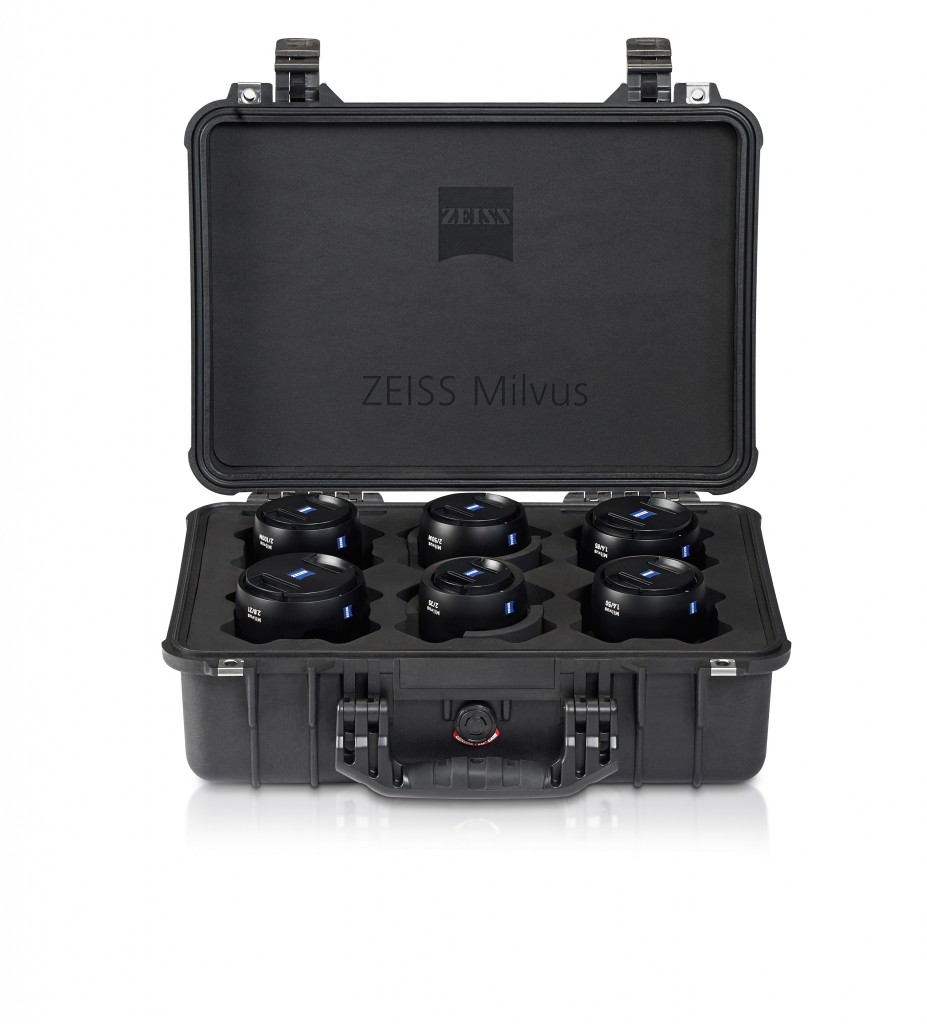
Dear Santa, this little suitcase with few glasses is all I want under X-mass tree. I am humble by nature…
There is one important thing to notice though… While most of the Milvus lenses are optically same as their predecessors in the “Classic” line, they got the next generation of famous T* coatings. This means that their color interpretation is supposed to be slightly different now. Color calibration among the lens line is very important for professionals, and film makers and thus for certain amount of time, they will be limited in offer, having the choice of most used focal lengths in the Milvus line, or rather specialized lenses in the classic line. Combining both might involve slight color inconsistency. I would try to ask Mr. Nasse, how big problem this could be in practice.
New age, new look!
Well… I am probably not the right person to write about the cosmetic design of new Zeiss lenses. Or taking it from another perspective, I am probably too old already…
This new Latin bird design is modern.
Smooth curved bodies made usually of lightweight but sturdy metal, with a slick rubber ring, lot of color engraving, anodized dark gray body color, weather sealing emphasized by blue (company color) gasket ring, lens hood that fits perfectly with minimal gap between the body and substantial tactile feeling. What’s not to like?
The look. You either like it or not. I might be nostalgic, but I prefer traditional Rolex, Patek Philippe and Vacheron Constantin look and feel, above Movado or Rado contemporary one. It’s pure personnel preference without any rationals, so let’s move on.
Real stars in the Milvus family – Milvus 50mm f/1.4 and Milvus 85mm f/1.4
As written above, 4 out of 6 new Milvus lenses – 21/2.8, 35/2, 50/2 Macro and 100/2 Macro, are optically same lenses as they were, but in the new coat (barrel) and featuring next generation of T* coatings.
Because all of those lenses were reviewed in detail by many testers already, I will try to focus on two new optically designed lenses – 50/1.4 and 85/1.4.
Zeiss Milvus 50/1.4
New Milvus 50/1.4 is indeed completely different from old Planar 50/1.4 ZE/ZF.2. It is based on Distagon design (well, I am not sure that this traditional Planar, Sonnar, Tessar etc. designation has a lot to do with new designs, but since Zeiss keeps using it…) with 10 elements in 8 groups in comparison to Classic Planar 7/6. Floating elements design allow equally good performance at difference focal plane distances. This is very important improvement in a real life performance where standard design lenses would drop in performance when focused closer or further of their optimized distance focal plane. New coatings seems to be very effective in a direct back-light too.
One aspherical and 4 extra low distortion elements (Zeiss call it – special glass with anomalous partial dispersion) helped fighting aberrations and improving resolving power, especially wide open.
Looking at the MTF figures (you can find old Planar MTF here – http://www.zeiss.com/content/dam/Photography/new/pdf/en/downloadcenter/datasheets_slr/planart1450.pdf ) we can notice few things – resolution is significantly improved at f/1.4 across the field, in comparison to the older design and spherical and CA aberration are significantly decreased. According to Zeiss, all Milvus lenses are ready for new generation of digital sensors with ultra high-resolution (no problems up to 60 Mpx and even more). Added protection against environmental influences (rain/dust) is additional and very important benefit.
What could be better?
Light fall off is notable at f/1.4 but much improved at f/4 (BTW I think that Zeiss has mistake in their chart, showing opposite values in the legend). Slightly disappointing is also rather high pincushion distortion for the 50mm lens, attacking 2%.
However all those improvements didn’t come cheap. Price had to be paid in terms of size and weight. New Milvus 50/1.4 weight 875 g Nikon /922 g Canon!!!
In comparison to the old Planar 50/1.4 (330 g /380 g) this is whooping 2.5 x increase! Once again, compromise had to be made somewhere and encouraged by good reception of large Otus lenses, Zeiss decided to sacrifice compactness for maximum image quality at wide aperture. This could probably be one of the reasons, why Zeiss kept original Planars in the game, giving thus option to photographers to prefer property, more important for their intended use.
Considering that at f/4, difference in resolution is not so significant (CA and SA are still better corrected with Milvus though) and that for standard portrait applications, certain level of softness wide open could be of a benefit, it makes a lot of sense to keep older lenses in the offer.
When it comes to the price, other Milvus lenses are approx. just 5% more expensive than Classic ones when they were introduced, but in the case of 50/1.4 and 85/1.4, price difference is rather substantial. Recently Planar 50/1.4 ZE/ZF.2 can be bought for 625 USD, while Milvus 50/1.4 starts at 1199 USD.
Bellow is a little gallery of the product images (both – ZE and ZF.2 versions)
Gallery of a real life sample images from Zeiss photographers
and finally few images that I took on the event with Milvus 50/1.4 and Nikon or Sony bodies
Zeiss Milvus 85/1.4
New portrait lens from Zeiss is probably even more interesting than 50/1.4. It’s specification contain more than one surprise, so let’s take a look at data sheets first
Both Otus 85/1.4 and Milvus 85/1.4 stayed loyal to the Planar roots. What’s intriguing however, is the fact, that new Milvus 85/1.4 has no single aspherical element, which is highly unusual in todays age.
Mr. Hubert Nasse explained, that lack of molded aspherical element was deliberate designers decision, in order to eliminate possibility of so-called “onion rings” effect in the blurred specular highlights (bokeh). To ensure creamy bokeh, while preserving high-resolution and level of aberration corrections, Zeiss engineers used lot of special glass with anomalous partial dispersion in the lens construction. From 11 elements (in 9 groups) if I counted correctly, 8 elements are made of this extra low dispersion glass.
Comparing Milvus MTF with Classic Planar (link – http://www.zeiss.com/content/dam/Photography/new/pdf/en/downloadcenter/datasheets_slr/planart1485.pdf) shows significant improvement in the resolution at f/1.4. In combination with creamy bokeh and high contrast preserved by improved T* coatings, resulting image should deliver unique possibilities for subject isolation and so-called 3D pop-up effect.
This very original design brought however really big increase in size and weight 🙁 1210 Nikon/1280g Canon versions are twice as heavy as Classic Planar and much larger too. In fact Milvus 85/1.4 is even heavier than Otus 85/1.4 by small margin. (1110 /1200g)
We should also notice that minimum focusing distance was decreased to 0.8m (from 1m), which is great.
I spent most time on the press event trying this particular Milvus. As a regular lens freak, I found its optical design to be most interesting, showing touch of old school designs, were thinking about complex image character was more important than marketing driven figures, such as MTF. Bokeh that I experienced so far e.g., reminds me by its quality and aesthetic – famous Minolta 135/2.8, but Milvus is as sharp at 1.4 as Minolta at f/2.8. I am very excited to receive Milvus 85/1.4 for the proper testing.
Bellow is a gallery of product shots (Canon and Nikon versions)
and two official sample shots from Zeiss
Finally, there are few shots that I managed to take during press event with several bodies -D800E, D610, Sony A7…
On the image above, you can see that CA isn’t problem at all.
Another example of great LoCA correction. If you look hard enough, you might find little traces of the red/green fringing on the grass, but this might be problem only for extreme pixel peepers.
Focus was on model left eye, but even at f/5.6, right eye was out of focus which kind of surprised me a bit…
Focus now moved to the models right eye and there is little shake at 1/100s, either because of me or famous shutter shake. Still impressive sharpness in this conditions and at wide open aperture.
This time there is no significant shake, it’s a razor-thin DOF that causes blurriness in models right eye. But look closely at her left eye. It is super crisp considering ISO 400 and hand-held camera.
Shooting portraits wide open is not something what most professionals would do, unless they are forced to, (or for specific artistic reasons), but what makes this Milvus great IMHO is that bokeh remains smooth and creamy even at f/5.6, while subject sharpness and definition is breath-taking.
Even wide open, Milvus deliver great sharpness, while background is exceptionally smooth. As I said, it reminds me bokeh of a famous Minolta 135/2.8 STF
Great contrast preservation and no flare problems in almost direct back-light. Strange yellowish/green casting is caused by reflection of nearby objects and since I took this shot in JPEG, I didn’t want to spend hours to repair it, so bellow is it’s BW version 🙂
Finally few bokeh tests
All bokeh shots were taken at f/1.4, but at different background distances and focus plane.
Milvus Epilogus
There are 4 more lenses in the Milvus line, but as have been written above, they are optically same as previous versions, and they share most features with 50/1.4 and 85/1.4
Bellow is complete price list for the recent Milvus lenses. Availability is announced for October 2015.
We have new birds in the garden and Zeiss lovers have a lot of reasons to be excited. While some might feel slightly bitter-sweet taste regarding new design and naming policy (we are surely in minority), everything else seems as a well thought, carefully designed and brilliantly executed product innovation.
No matter how hard I tried, I couldn’t get the answers who is actually producing new Zeiss lenses. For some reason, I am in doubt that those were produced in Cosina, at least not in the way, classic Zeisses were.
All I can hear is – “we are cooperating with large number of suppliers and partners from Asia”.
I also tried to find out if Batis is original Zeiss design, considering similarities with new Tamron 85/1.8 patent – http://www.sonyalpharumors.com/now-we-can-be-almost-sure-of-it-the-batis-85mm-has-been-designed-by-tamron/ but the official answer of product manager was… official – “We are not commenting on this, Zeiss is not willing to react on any rumors or speculations. Mr. Nasse told me that Batis is original Zeiss design and I decided to trust him. He also admitted that Zeiss is licensing AF and OSS from third-party supplier.
At the end it doesn’t really matter who did what. I was just curious to see, where and how recent cooperation in the lens industry is heading. Those doors remained (rightfully) closed to my curiosity though.
With the introduction of Milvus line, one thing is clear IMHO. Gin was released from the bottle. While 2 Otus lenses, Touit, Batis and Loxia lines were somehow considered as kind of experimental or specialized products, it is clear that they were successful experiments and Zeiss is moving toward innovation. BTW – ZM line is on hold for now, and as far as I have been told, no new lenses in this line are in perspective.
Brand core values such as tradition, experience, high quality, conservative design and precision are slightly shifting toward innovation. Such a move is always a risk, because it takes ages to build reputation and brand core values. Zeiss needs to keep high quality, superior QC, and enough IQ differentiation in order to preserve higher profit margin. On the other hand, traditional photographic market is shrinking and they also need to penetrate mainstream segment. Batis is first move in that direction, but I believe that we can expect even more Latin bird names in the future.
Bonam Fortunam Zeiss!
Milvus products gallery:
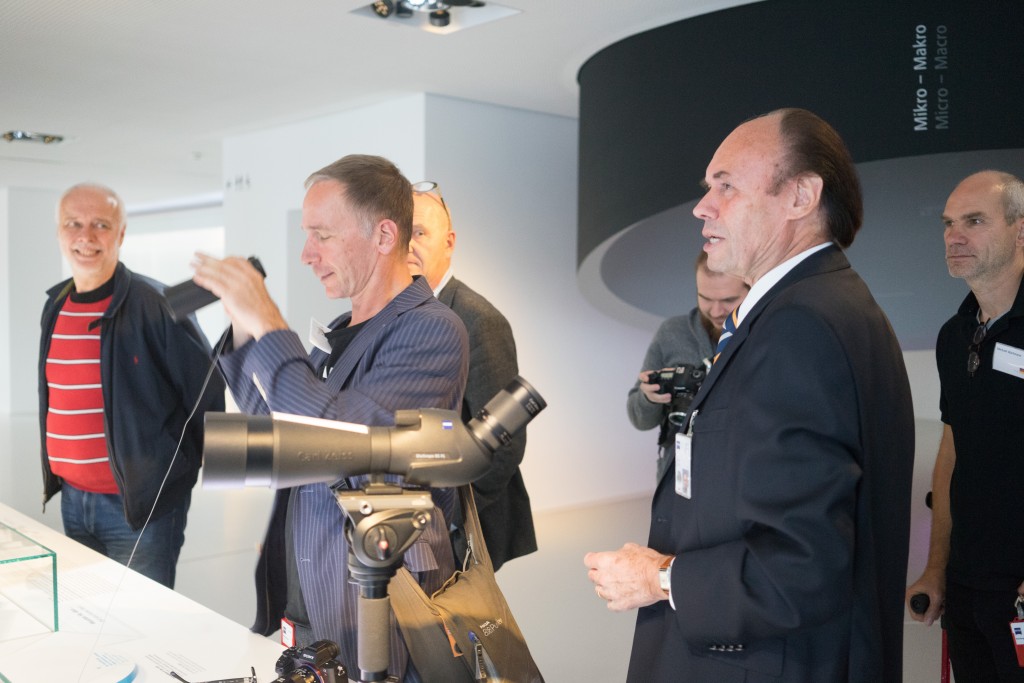

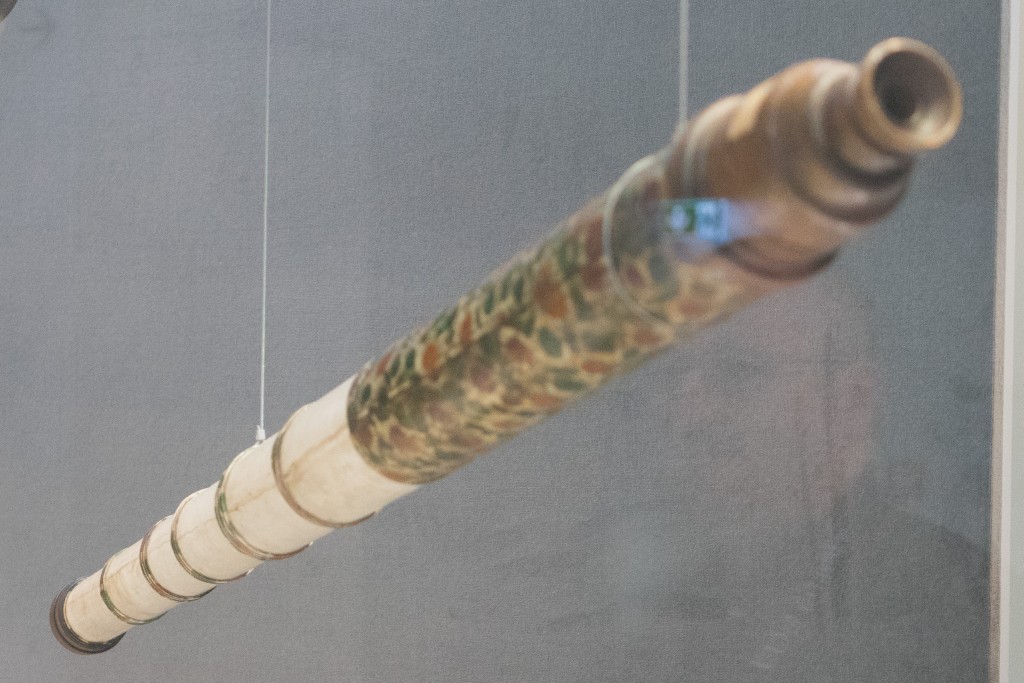
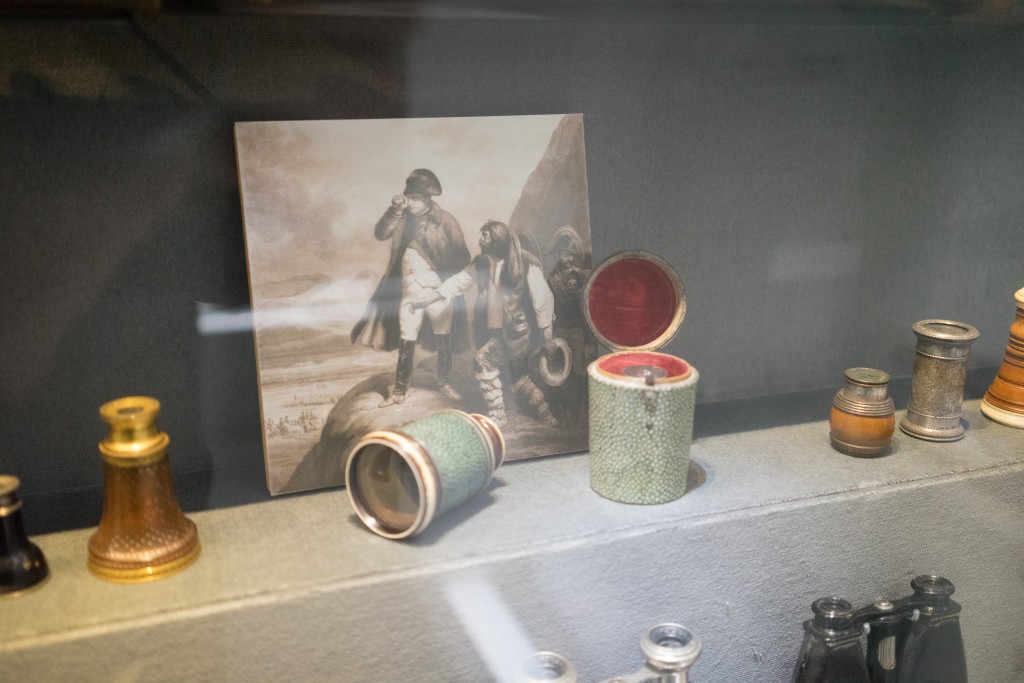
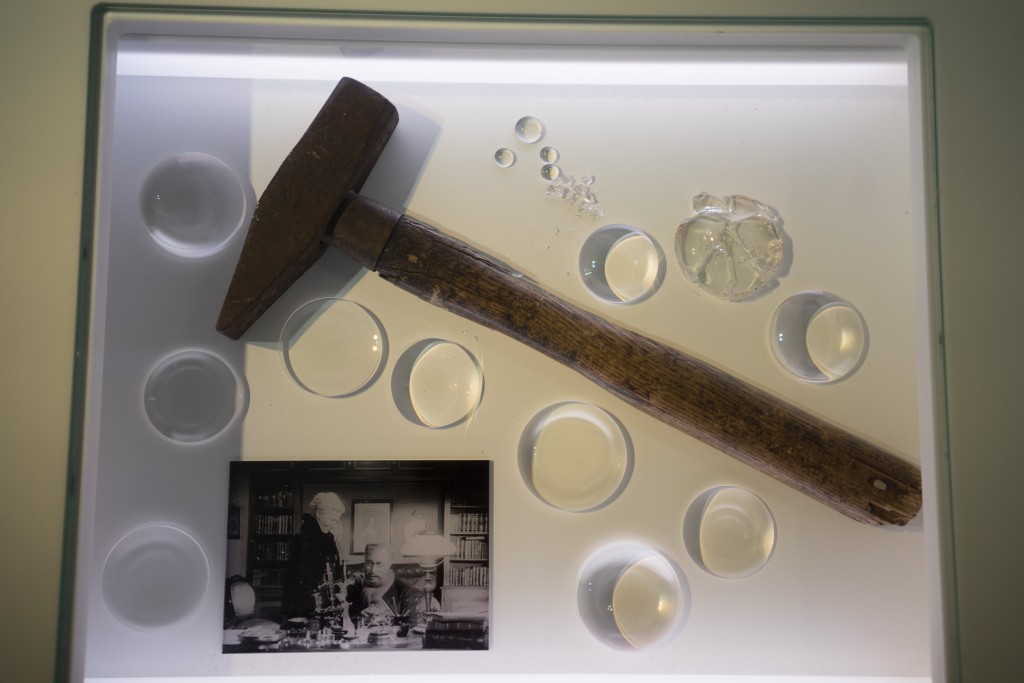
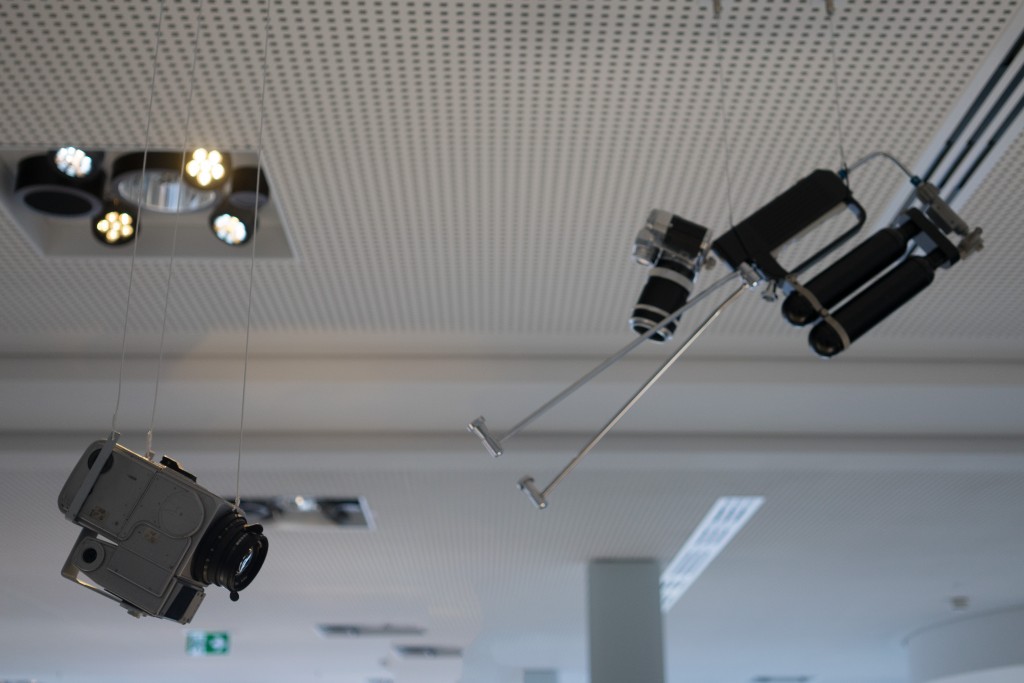
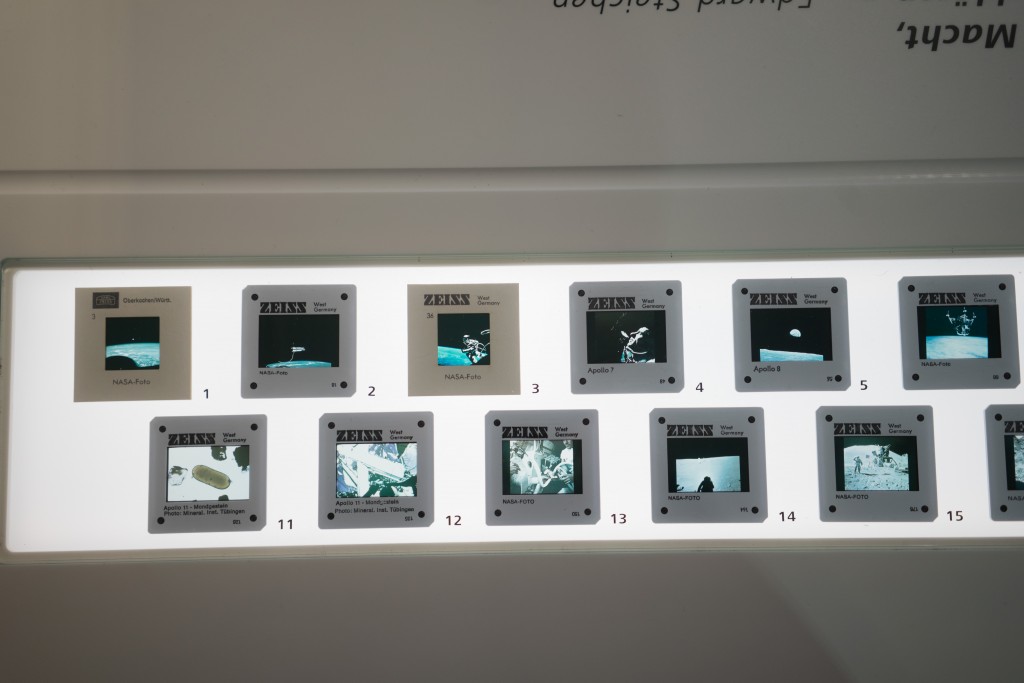
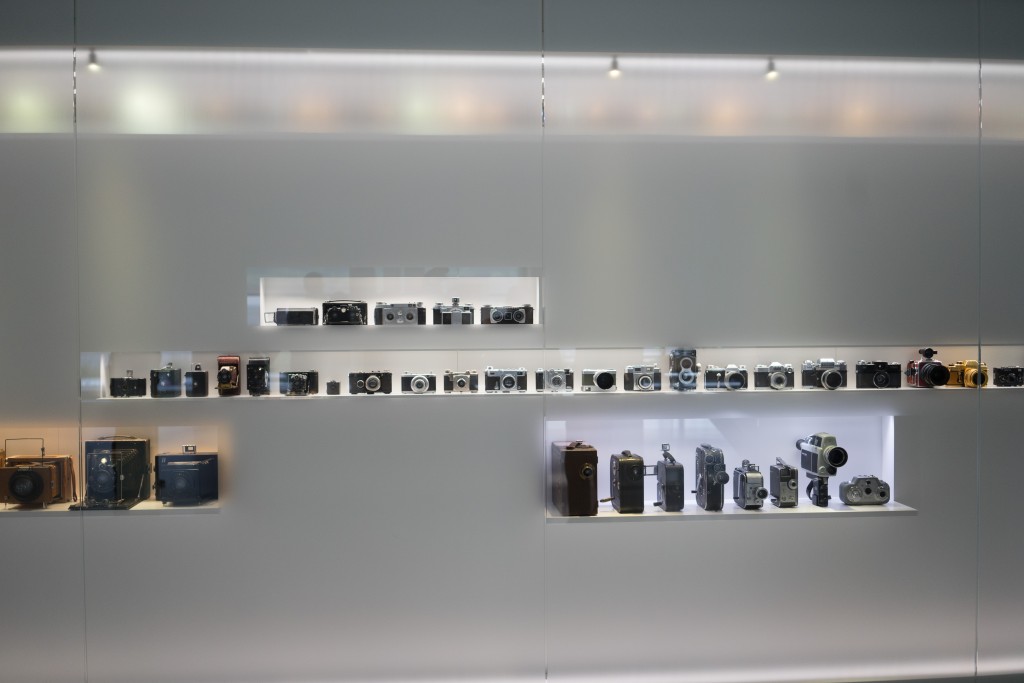
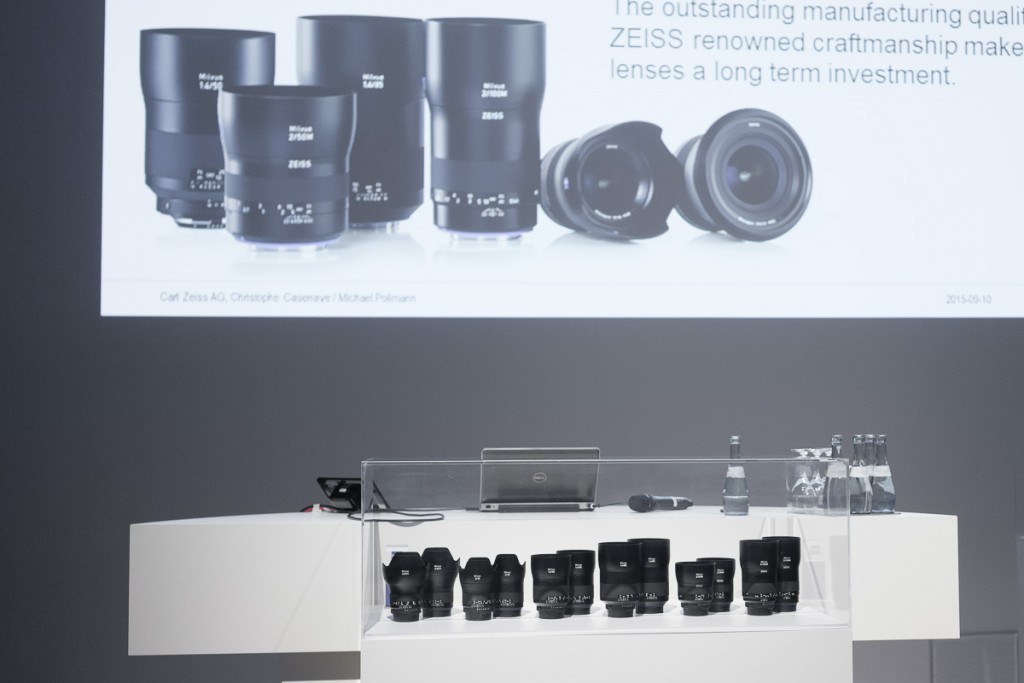
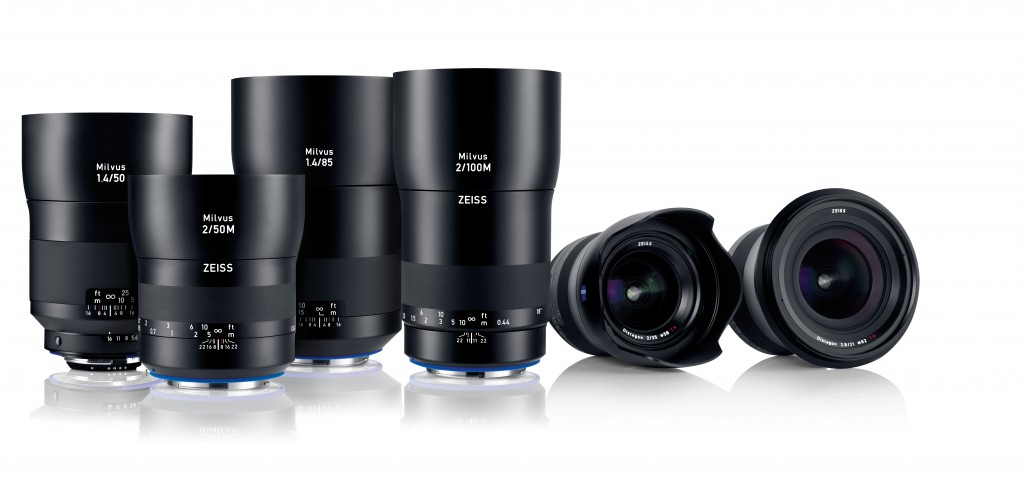
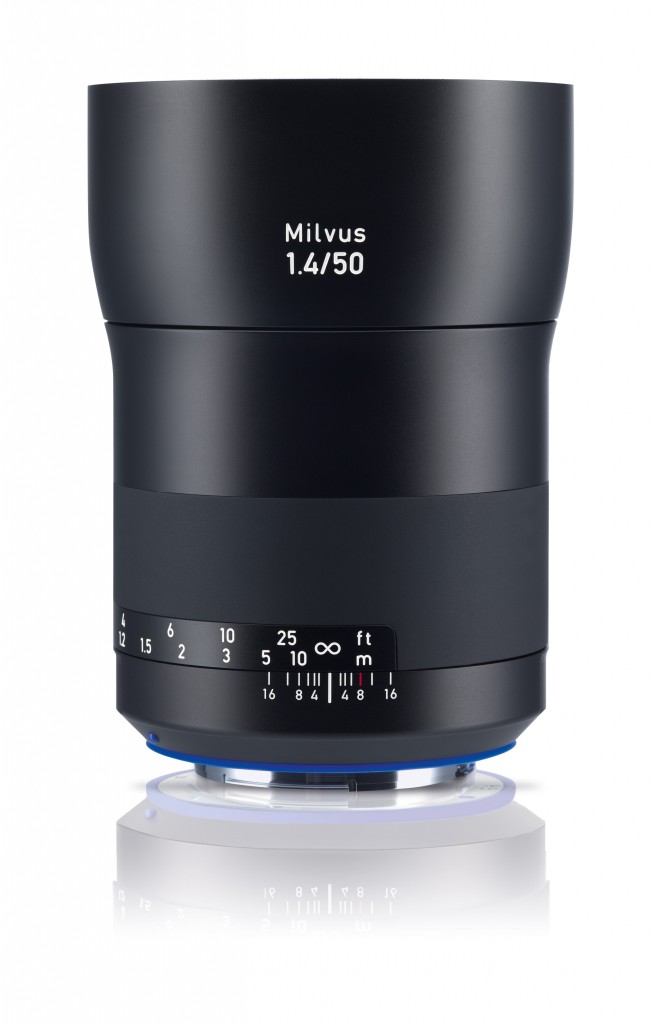
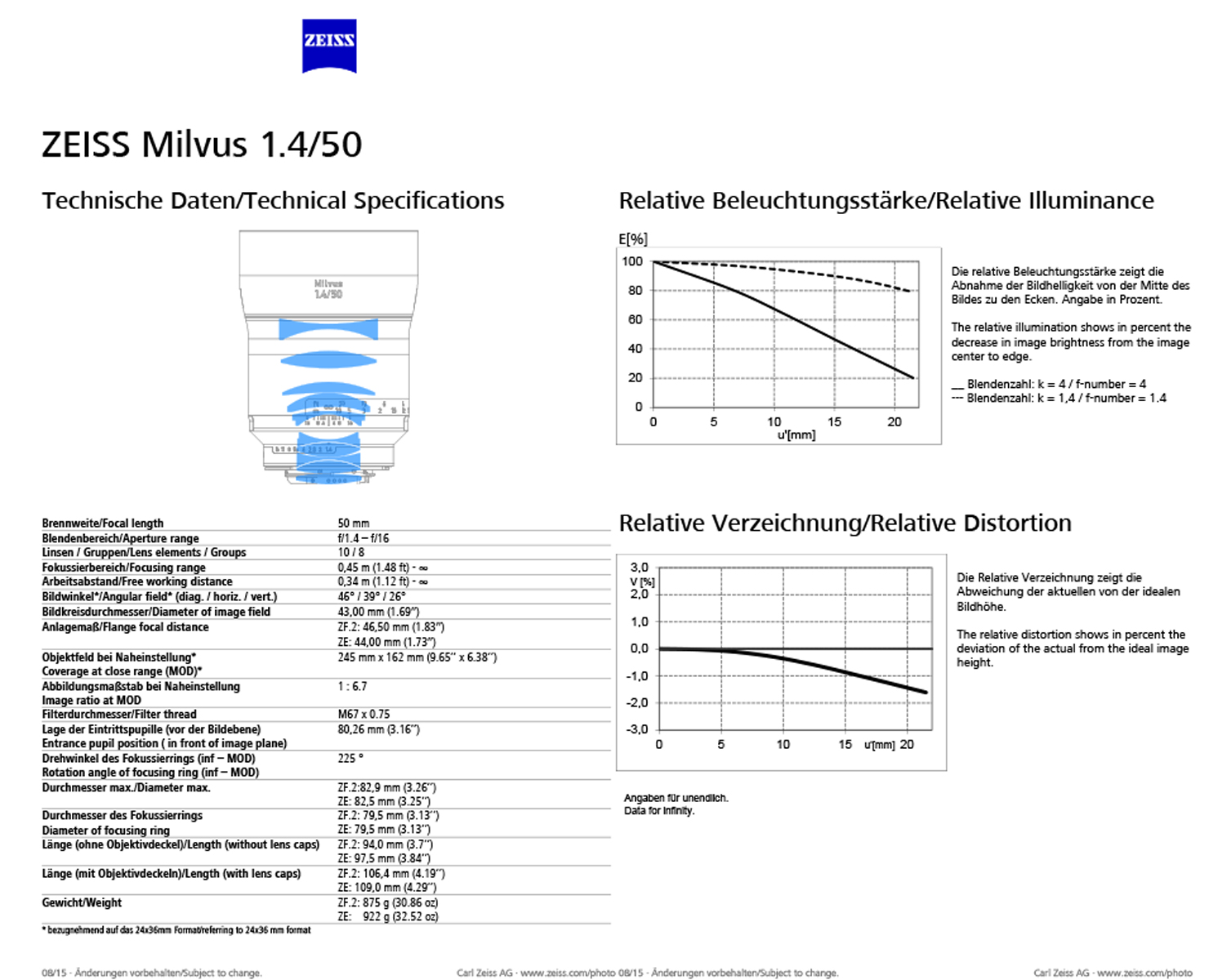
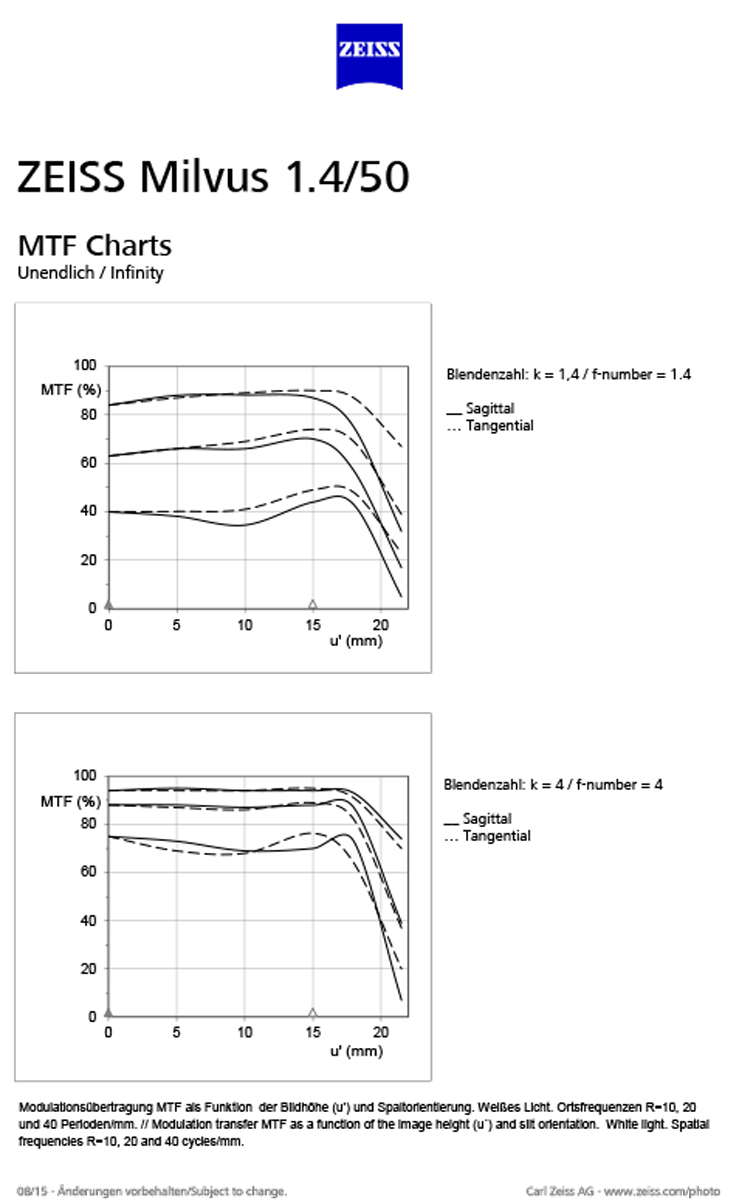
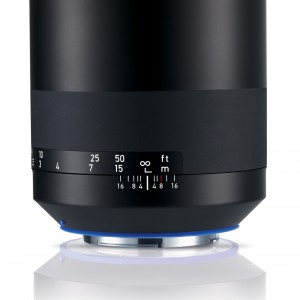
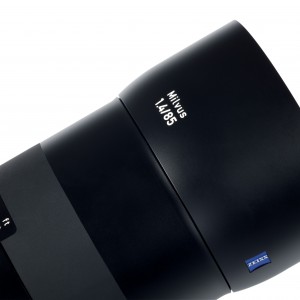
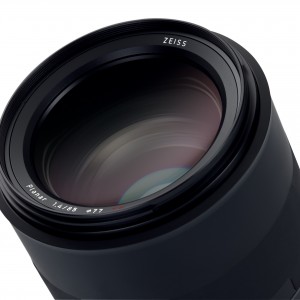
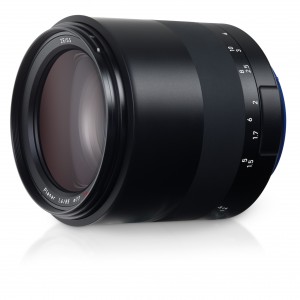
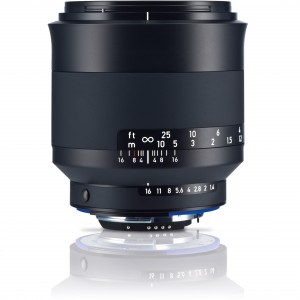
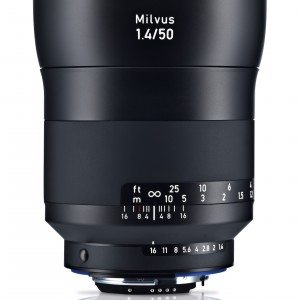
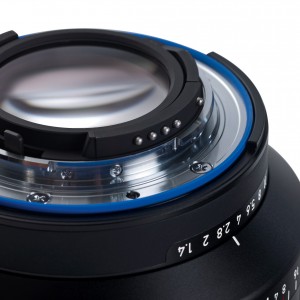
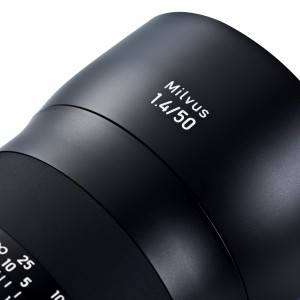
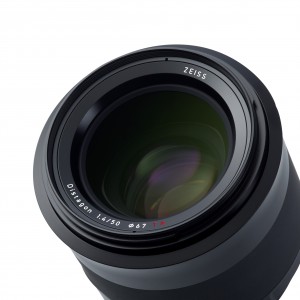
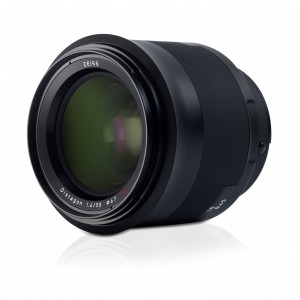
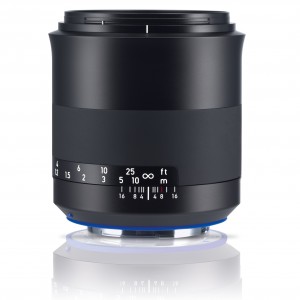
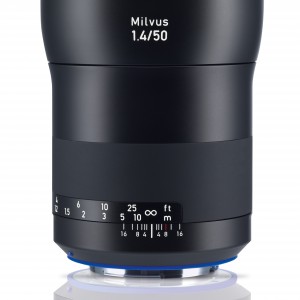
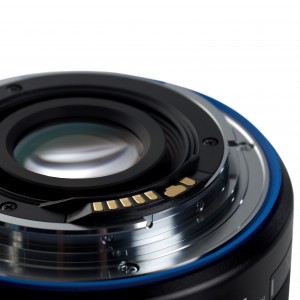
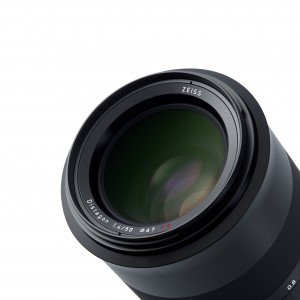
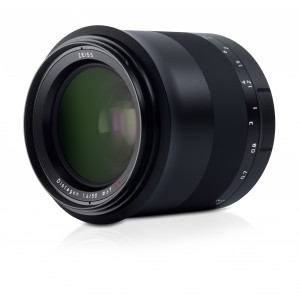
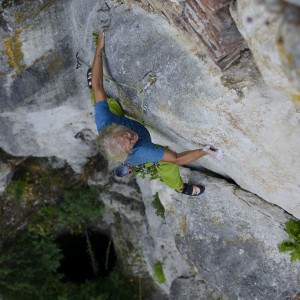







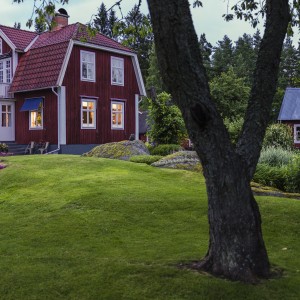



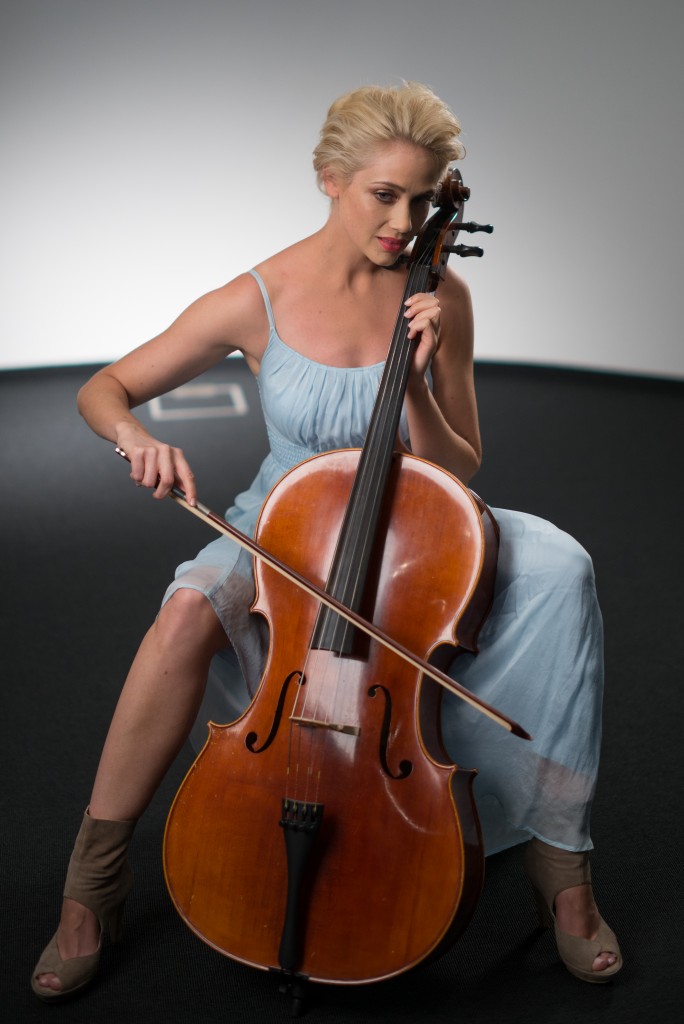


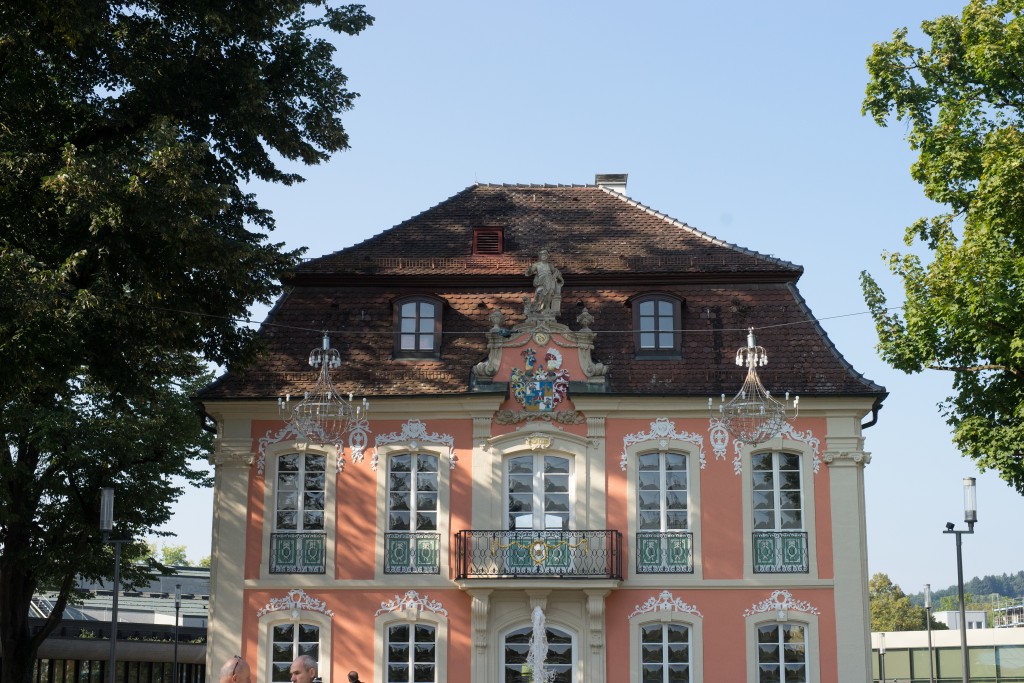
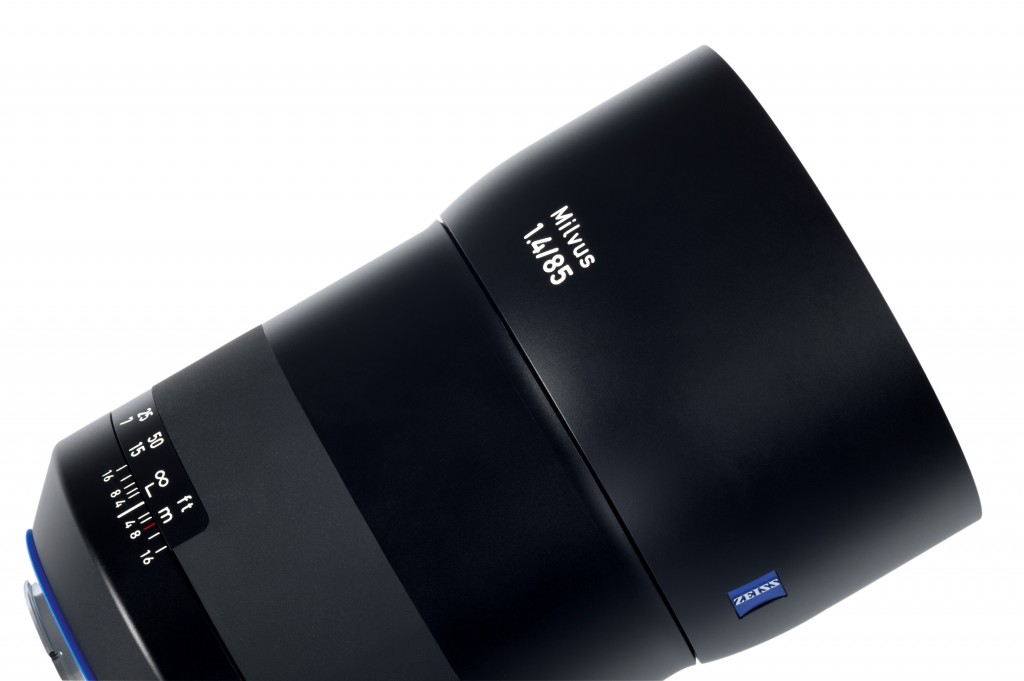
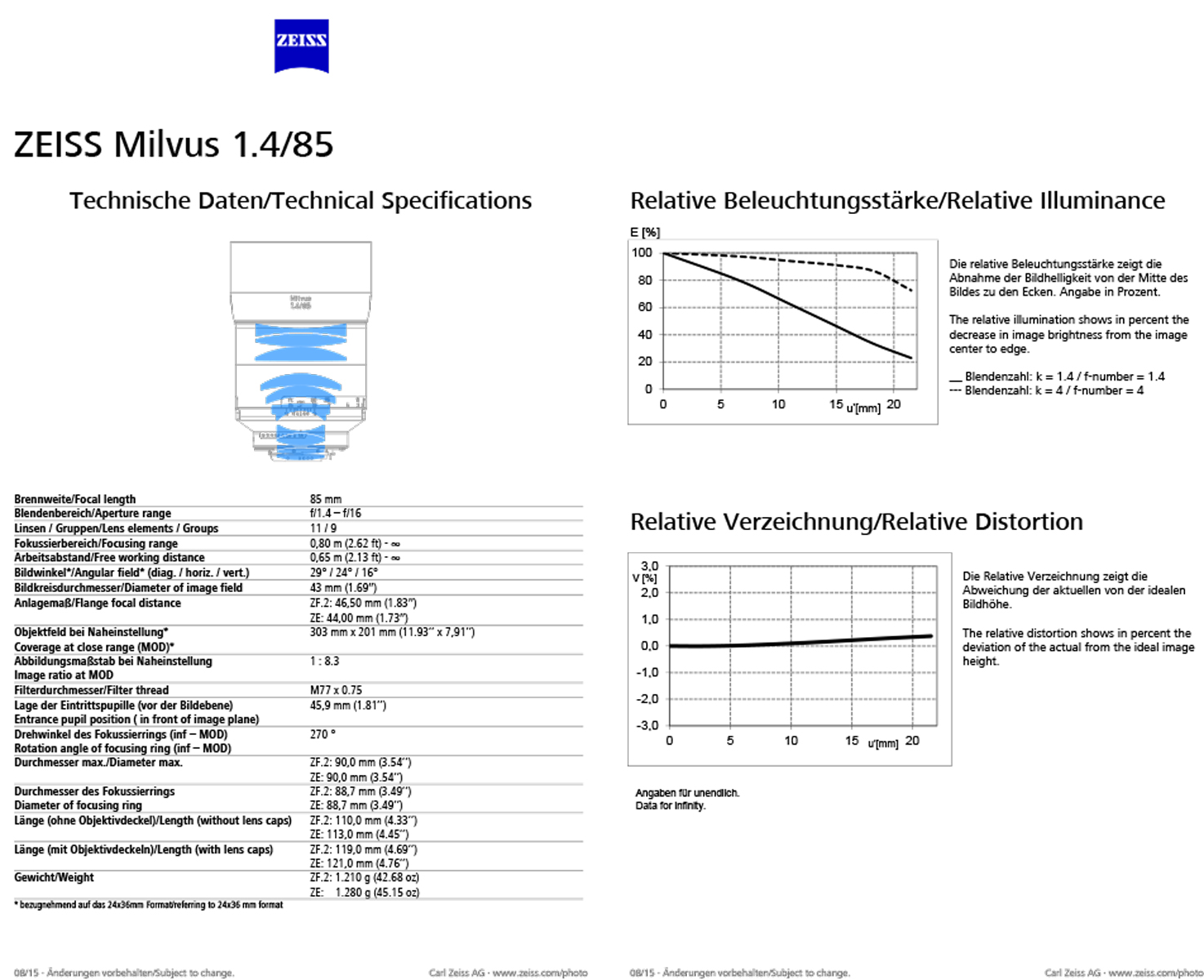
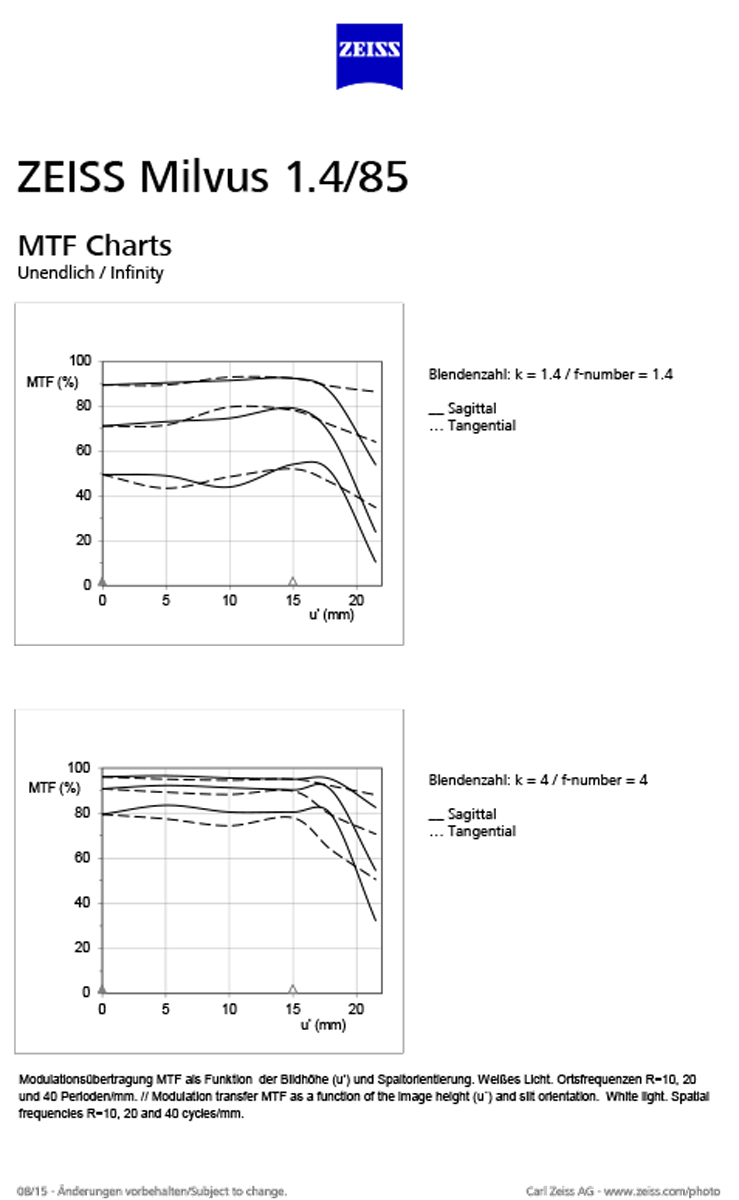
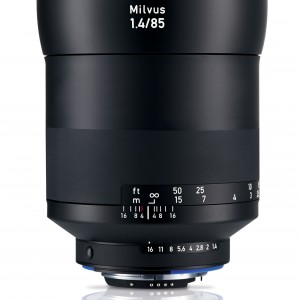
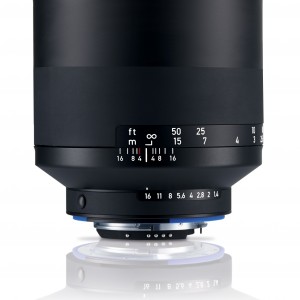
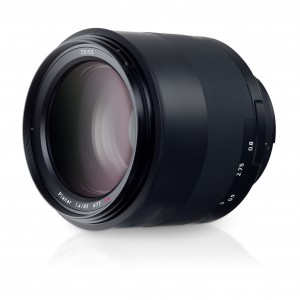
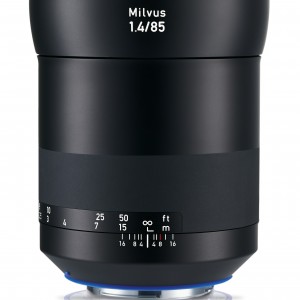
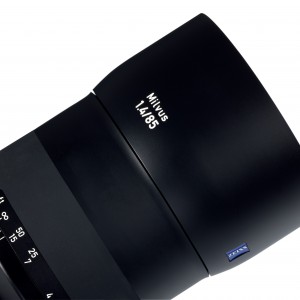



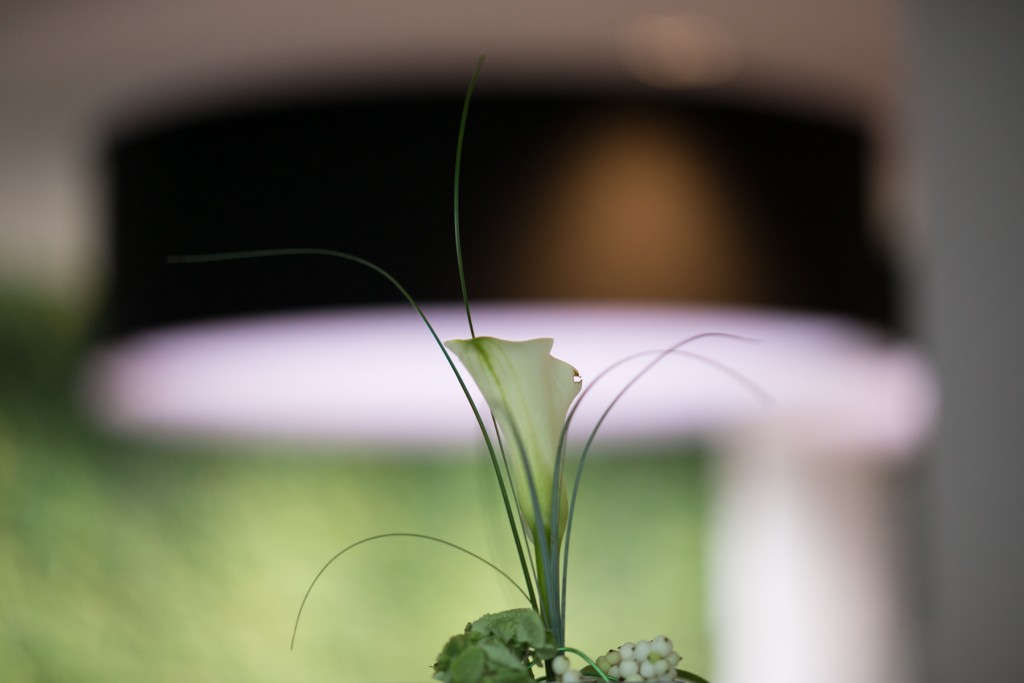












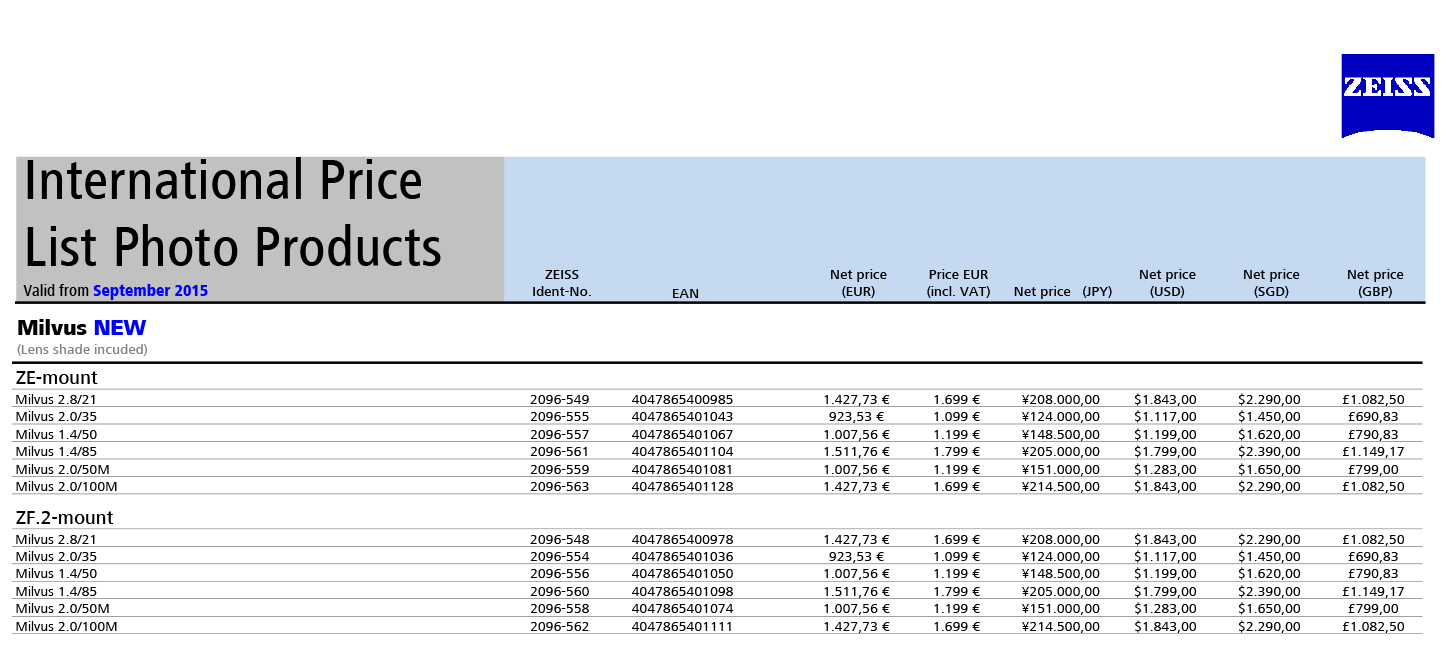
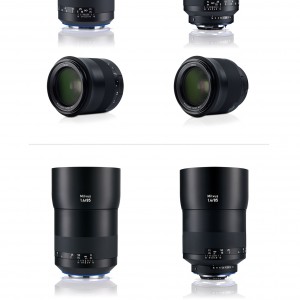
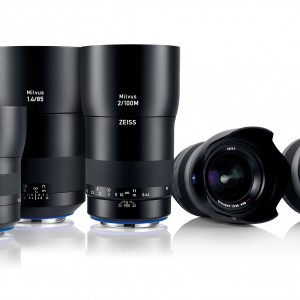
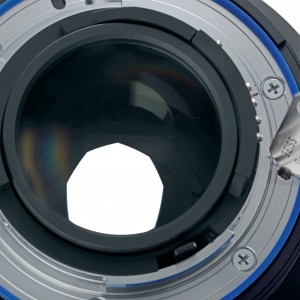
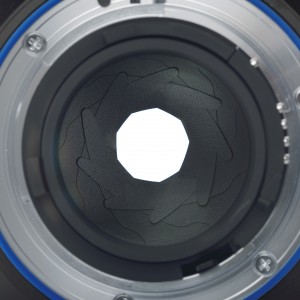
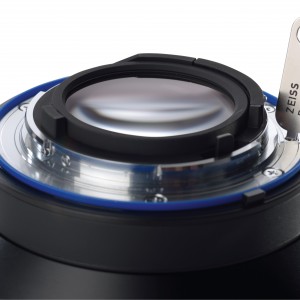
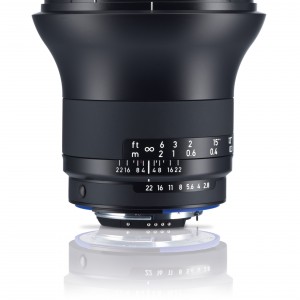
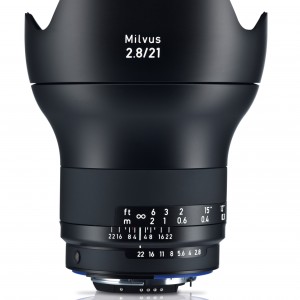
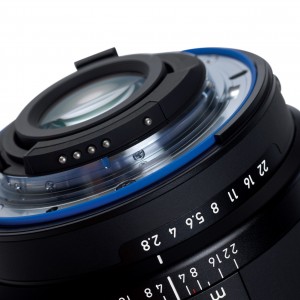
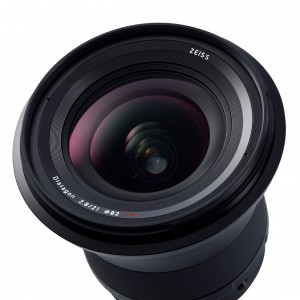
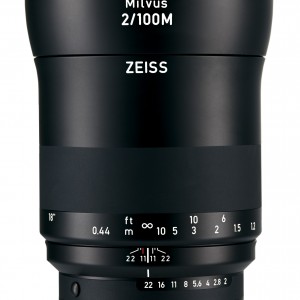
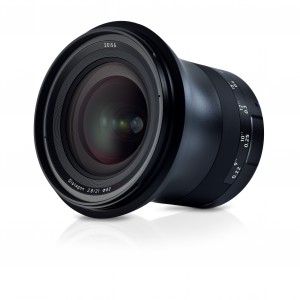
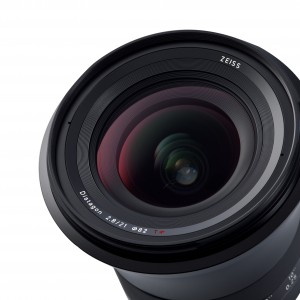
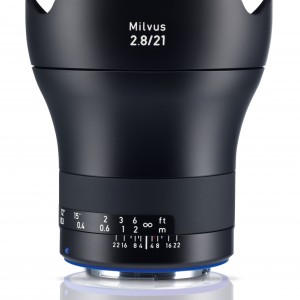
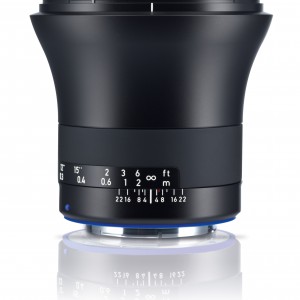
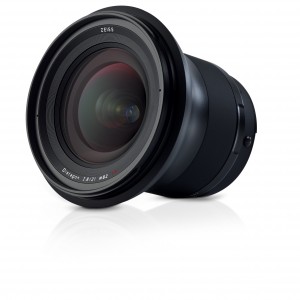
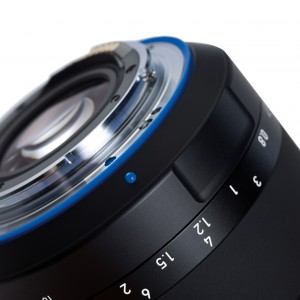
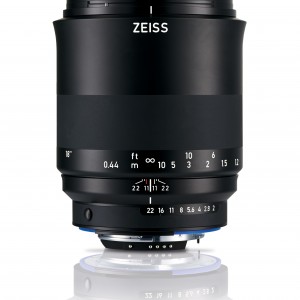
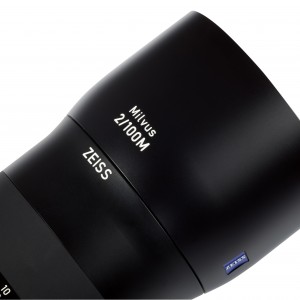
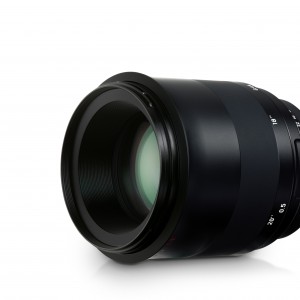
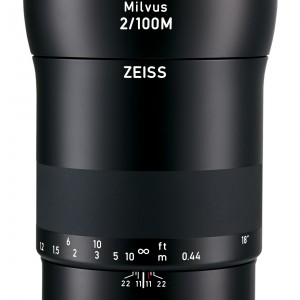
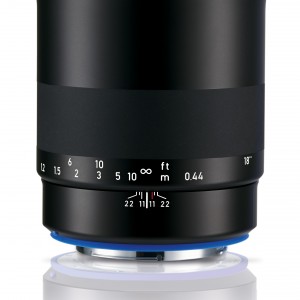
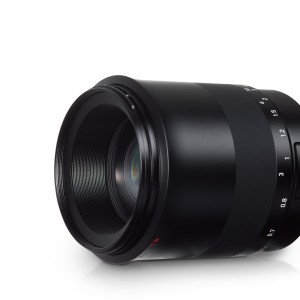
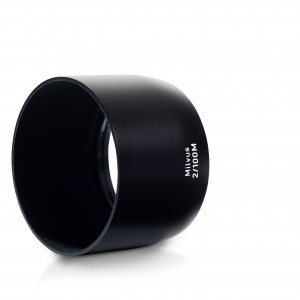
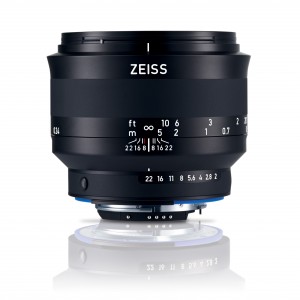
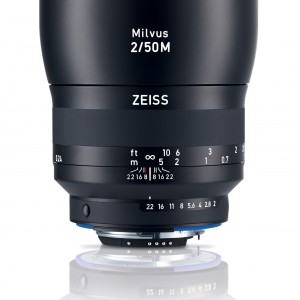
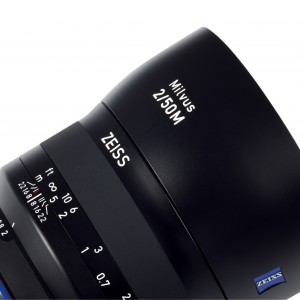
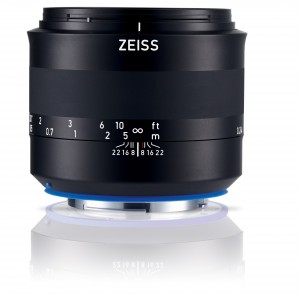
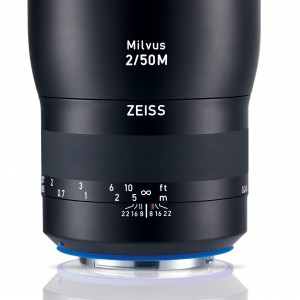
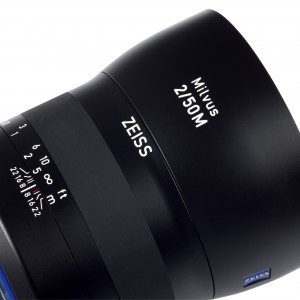
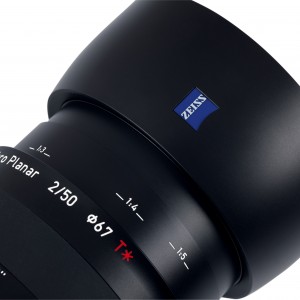
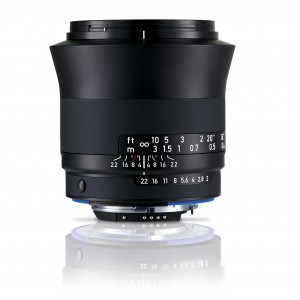
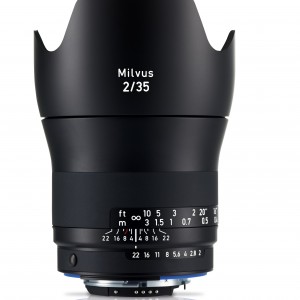
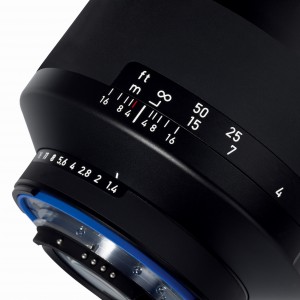
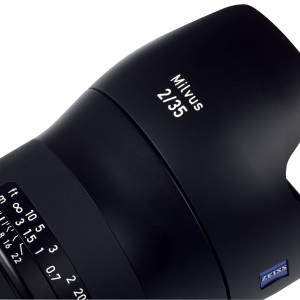
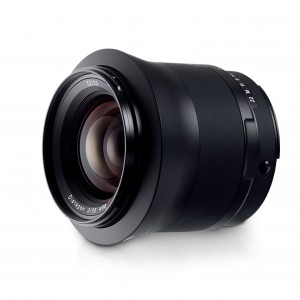
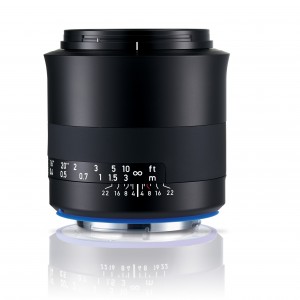
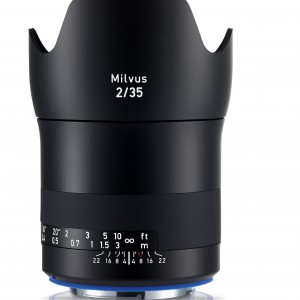
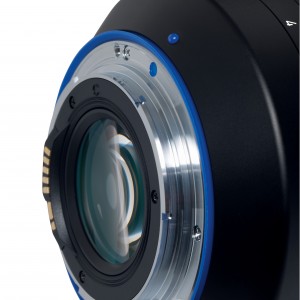
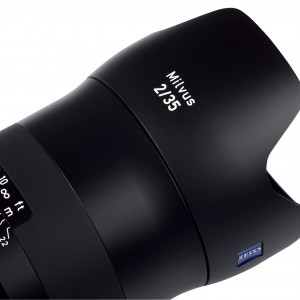
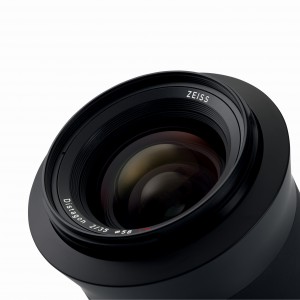
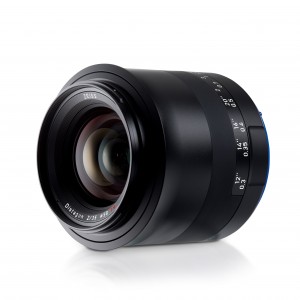
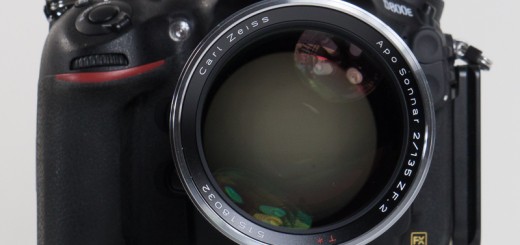
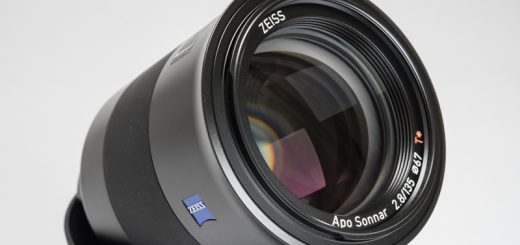
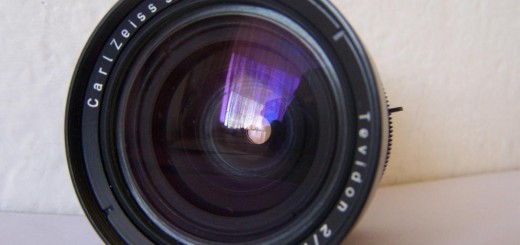













I think your understanding of LoCA is a little off as I see from this and the 135 review. LoCA overall does not get worse towards the edge of the frame but is present to the same degree all over the frame as its caused by focused depth. Lateral CA is caused by different magnification so would be fine in the middle and worse at the edges. Now its true that field curvature may be different for each colour and you could have LoCA being worse towards the edges but not significantly so. Secondly I can still see plenty of LoCA in the teapot shot even at web sizes. The top has a definite green tinge and the pouring lip takes on a reddish glow. In the wide open motorcycle shot there is a red glow all around the metal parts. Zeiss makes great lenses but LoCA is the lowest priority on their standard lenses and these don’t seem any different.
Thanks for the comment AndrewZ, it’s more about my expression abilities (especially in English) than about misconception of color aberration types. I believe that explanation of the differences between those two types are readily available on the web and easy to understand. Slightly more difficult is to properly identify them on the image, considering effects of the field curvature, spherical chromatism (spherochromatism), stray UV light, noise and processing, etc.
I can’t go through my articles to check for all mistakes, and it is quite possible that I wrote somewhere that LoCA is more visible toward edges, simply because subject in focus is usually in the mid frame. I also could make a typo error (thinking two lines in advance), writing LoCA instead of CA… This is where comments like yours are invaluable.
Looking at the images you mentioned I really don’t see much of mentioned red glow, the green is present in a very small amount considering the scene itself. On the motorcycle shot (wide open) I can hardly notice color aberrations, but then I might be color blind. All I can say is – try to use Canon 85/1.2 L in similar situations and let’s talk about CA corrected optics.
BTW, I am testing Milvus 85/1.4 and 50/1.4, comparing them to the Otus equivalents and classic Planars (ZF). While Milvuses are much better corrected optics than their prdecessors, they are still lacking behind Otus, especially in the CA department. (By CA I mean all chromatic aberrations, not only Lateral as sometimes CA is referred to.)
Thanks again for your comment.
Cheers,
Viktor
Oh yeah the Canon 1.2 is horrific and for that matter the so its the 1.8. Its more that I’m disappointed because I can’t see the improvement compared to the old 85/1.4. I suspect the next gen Canon will be fantastic as the BR optic seems to really work. Sorry I should have been more specific the bit I picked up on was “Most lenses would be apochromatically corrected in the center of the frame, but problems starts when we move toward edges” in the 135 review which technically is not correct because LoCA is still present in the middle. In fact Apochromatic is specifically concerned with bringing the different planes of focus into the same focal plane (LoCA) and can actually end up with quite a bit of lateral chromatic aberration (the 180mm Leica telyt is a perfect example of this).
Oh and if you want to see how bad the new 80 1.4 can be take a look at the full version of the F2 shot of the building at the bottom of the dearsusan blog. The buildings and trees in the foreground are really covered in a red glow.
We were together in Oberkochen when that shot was made, and while I admit that purple fringing is visible, those were one of the worse conditions you would ever shot with any lens… I mean, it was around 12 am (or there about) strong direct sun from above, high contrast buildings. In the situation like this, old Planar would fail much worse. While I didn’t really tried it there, I bet that Otus would be just fine…
Cheers,
Viktor
Hi AndrewZ,
I agree that my statement is not really clear and that I should have been more specific. The thing is that many optical designers I had a chance to talk to, referred to Apochromatic lenses just in terms of lateral CA correction, while Axial is corrected to the different extent, despite APO designation. Whatever terminology we choose, I wanted to say, that writing APO on the lens barrel, doesn’t necessarily mean that lateral CA is corrected, which was the case with many old lens designs.
There are some serious breakthrough within modern optic designs, including Fresnel based optics, BR optics as you mentioned and mainly software correction including convolution and other “smart” algorithms. As I said, testing Otus, Milvus and “old” Classic Zeiss lenses, it is nice to see the improvement of several aberrations by Milvus, but Otus is in the league of its own. I really tried hard to reveal any sort of CA, but both 55 and 85 didn’t give-up. In a month or so, Verybiglobo comparative review should be ready, so you might get back to check my findings. Your comments and suggestions will be always appreciated.
Cheers,
Viktor